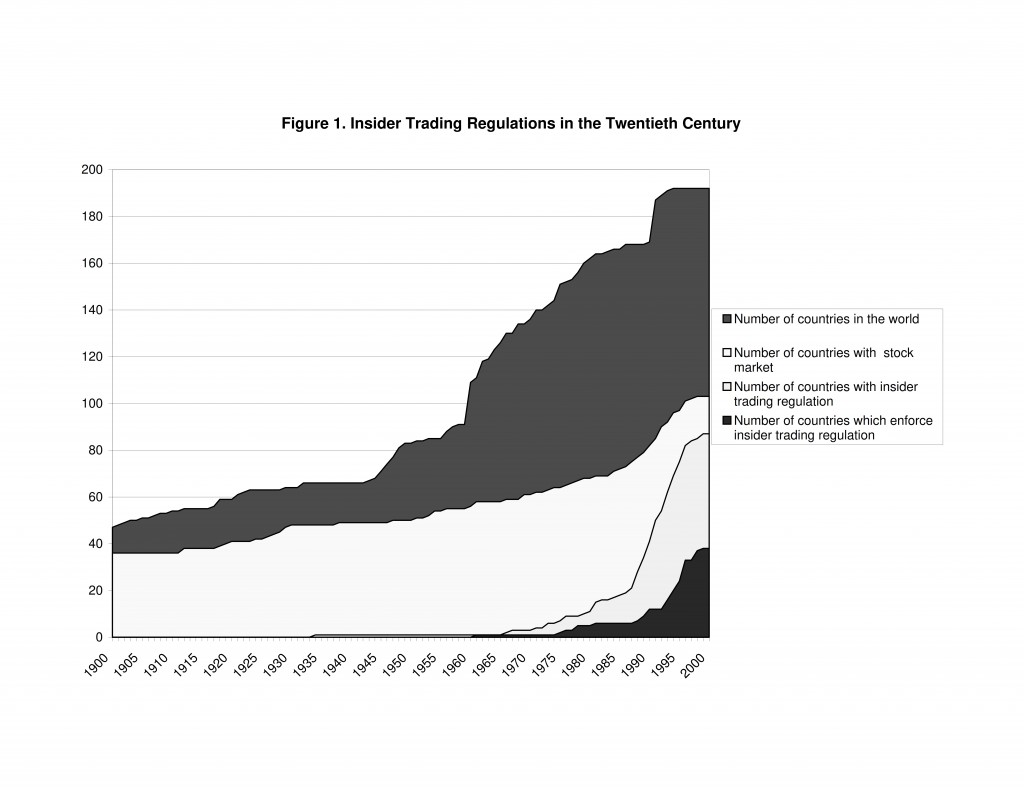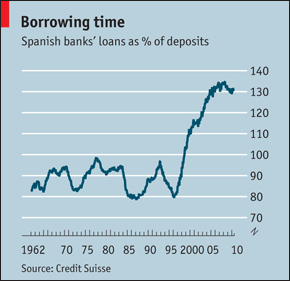On October 10th, it was revealed that Google is developing a self-driving car and that it had already tested it over 140,000 miles of public roads. I also learned, reading that article, that Google is sponsoring a prize for landing a robot on the moon.
On October 11th, Hal Varian, Google’s chief economist, unveiled the existence of the Google Price Index, a daily measure of price fluctuations based on e-commerce offers that could one day be an alternative to official statistics.
On October 12th, Google announced that it will finance, together with the specialist family office Good Energies and with the Japanese trading house Marubeni, the Atlantic Wind Connection, a giant project of underwater cables to link off-shore Atlantic wind farms to US consumers. The project is rumoured to cost $ 5bn and Google has 37.5% of it (though probably part of it will be financed with project debt).
By that time, like many others, I suspect, I was wondering what is going here ? Is the “do no evil” company attempting to take over the world ? Have the geniuses of Mountain View found so many new ways of making billions ? Is there a strategic link, that escapes me, between all these highly original initiatives ? Is it purely a public relations exercise ? Or is this another bureaucracy trying to spend a surfeit of cash in projects that sound fun but will prove to be dubious investments ?
To be sure, the CFO of Google is overseeing the world from the top of $ 30bn cash mountain. This is the ultimate problem of riches : what do you do with $ 30bn cash ?
Actually Google isn’t alone in this situation : from their latest bank statements, Apple has $ 25bn of cash and Microsoft $ 40bn. Also, Google is not paying any dividend (or buying back any shares) and Apple stopped paying dividends back in 1995. Microsoft only started paying dividends in 2003 after having sat on its cash for years.
As a finance professor, I am a bit puzzled. Financial theory tells me 1. that there is a tax advantage to debt financing and that a mature company’s value is probably optimized with some leverage, 2. that a cash cushion is a recipe for agency conflicts between shareholders and managers investing in pet projects (like a self-driving car ?) or building empires and 3. that, in efficient markets, investors are in a better position than companies to diversify.
So why keep so much cash?
The cynical part of me explains that this is indeed a traditional agency conflict between managers and shareholders. But, as these companies are extremely successful and have charismatic and forceful leaders, nobody dares challenging them. And why would executives want to dilute the value of their stock options and remove the management comfort of immediately available cash? Also, young upstarts don’t pay dividends, they reinvest. Only mature companies with not enough positive-NPV projects pay dividends. And maybe Apple and Google’s CEO’s don’t accept that their companies have grown up, that they have become older, that they can’t reinvest all their cash in new projects.
But the more strategic-thinking part of me wonders if it is pure chance that Google, Apple and Microsoft all have about the same cash reserves. All three of them are aggressively competing against the other ones. The stakes are high and the environment is changing fast: battle moved from the web to the mobile, will television be next ? So what would happen if one of the three wouldn’t have its huge stock of fire powder anymore? Wouldn’t the other two encircle him in his bastion, either PC software, search engine or consumer electronics, and prevent him from moving out by snapping every opportunity in new fields, even if it means overpaying for acquisitions. So each of them thinks it needs as much cash as the other ones to be able to move and purchase fast in order to take the number one position in future markets. It makes a lot of strategic sense. Whether it is in the shareholders’ best interest is another matter altogether.
PS: Brilliant work on the link between cash reserves and strategic flexibility has been recently published by Laurent Frésard, Financial Strength and Product Market Behavior: The Real Effects of Corporate Cash Holdings, Journal of Finance, June 2010, volume 65, n° 3.
(See the Google articles in the FT : http://www.ft.com/cms/s/2/d3613984-d45c-11df-b230-00144feabdc0,dwp_uuid=9a36c1aa-3016-11da-ba9f-00000e2511c8.html#axzz1987PqbKt, http://www.ft.com/cms/s/2/deeb985e-d55f-11df-8e86-00144feabdc0.html#axzz1983dHuoU and http://www.ft.com/cms/s/2/8391ec0c-d5fe-11df-94dc-00144feabdc0.html#axzz1985n0aSF ).


